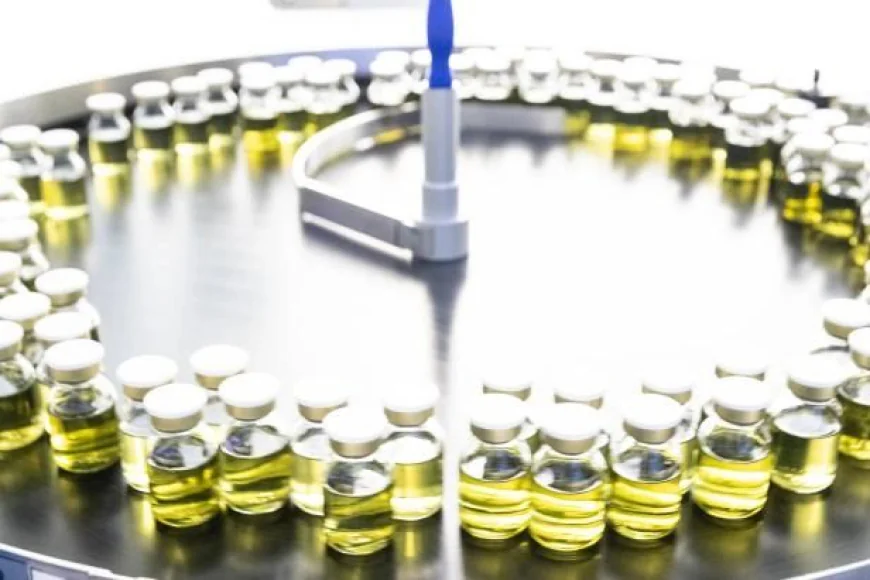Understanding the Common Pitfalls Leading to Media Fill Vial Failure
Discover the common pitfalls leading to media fill vial failure and learn how to avoid them. Explore key insights into maintaining sterility in pharmaceutical manufacturing processes to ensure product safety and compliance.

In the pharmaceutical industry ensuring the sterility of products is of utmost importance. One critical component of this sterility assurance is the media fill test also known as process simulation, which evaluates the aseptic manufacturing process by simulating the actual routine operation. However media fill vial failure is not uncommon and understanding the underlying errors leading to these failures is essential for maintaining process integrity and patient safety. Here, we explore some common mistakes that could lead to unsuccessful media fill tests.
1. Environmental Monitoring Deviations
One of the most prevalent causes of media fill failures is inconsistencies in environmental monitoring. The cleanroom environment must be scrupulously controlled, with regular monitoring of particulate and microbial levels. Deviations from set parameters or lapses in monitoring protocols can lead to contamination, resulting in a failed media fill.
2. Inadequate Operator Training
Operators play a crucial role in the aseptic process. Inadequate training can lead to improper gowning, poor aseptic techniques, and unintentional contamination. Continuous training programs and assessments are vital to ensure that operators adhere to proper procedures especially when executing media fill processes.
3. Improper Equipment Maintenance
Faulty or poorly maintained equipment can compromise the aseptic conditions required for a successful media fill. Regular maintenance calibration and validation of equipment are necessary to prevent mechanical issues or malfunctions that could introduce contaminants into the production process.
4. Suboptimal Process Design
The design of the filling and packaging process itself must be optimized to minimize potential contamination. This includes efficient layout planning to reduce traffic flow and human intervention. Any oversight in process design can lead to exposure and an increase in contamination risk, marking a media fill as unsuccessful.
5. Inadequate Quality Control Measures
A lapse in quality control measures can allow previously undetected microbial or particulate contamination to spoil media fill results. Rigorous testing
documentation and review protocols must be in place to catch potential issues before they manifest as failures in a media fill test.
6. Communication Breakdowns
Effective communication among team members is paramount. Misunderstandings or lack of communication regarding procedures, environmental conditions, or equipment status could lead to errors during the media fill. Establishing clear communication protocols and encouraging a culture of openness can mitigate such risks.
For continued success in the pharmaceutical industry, it is imperative to remain vigilant, proactive, and committed to best practices in aseptic processing.







